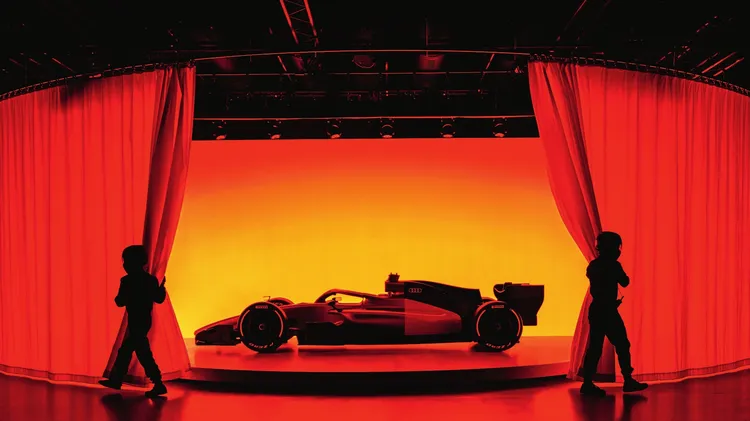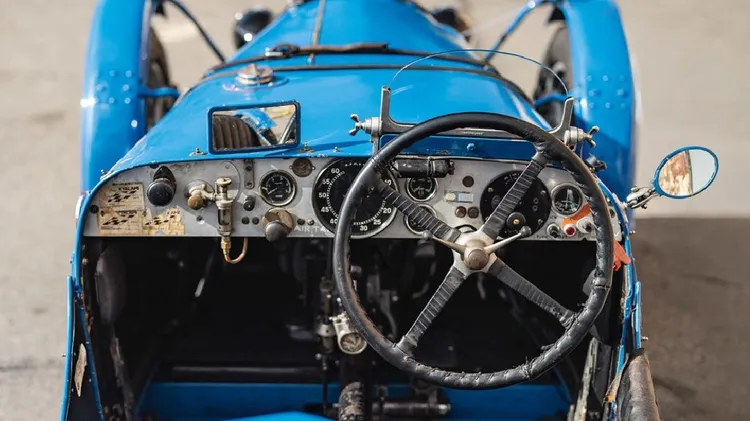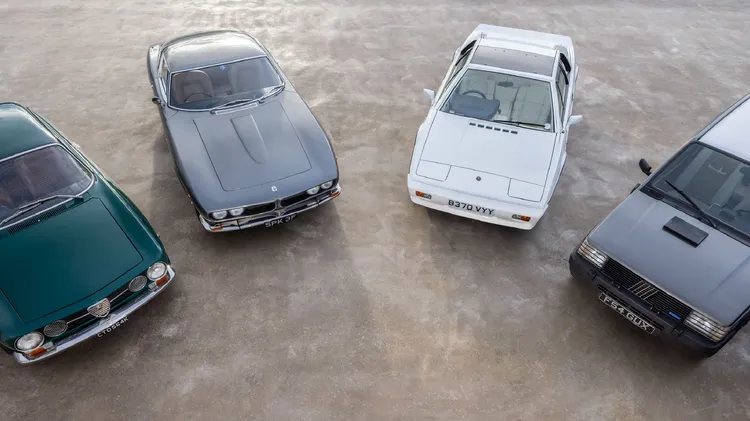A transitional year with a lacklustre car brought little
Another troubled new start at ferrari
7 min read
This article is from...
Read this article and 8000+ more magazines and newspapers on Readly






